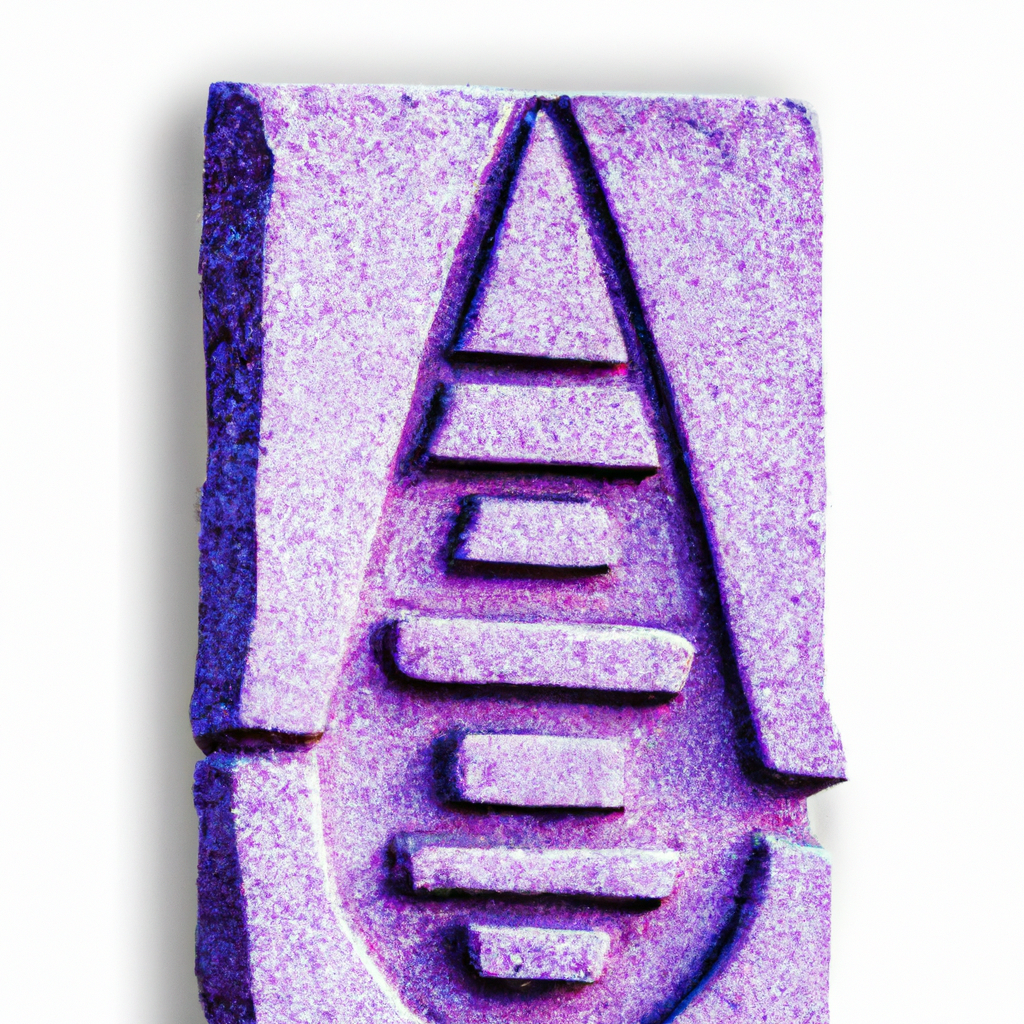
The Role of White Space in Graphic Design
White space, despite its simplicity, holds immense power in crafting visually compelling, balanced, and digestible designs. Navigating the unchartered territories of white space, we will uncover its influence, aiding our journey towards creating effective, engaging and efficient designs.
White Space: The Invisible Key to Balanced Design
If you’re new to the concept, white space (also known as negative space) refers to the blank areas within a design. It’s every bit of the canvas that isn’t filled with elements like text, images, or other visuals. Far from being “wasted space”, white space is a crucial ingredient for balanced, harmonious design. It’s all about allowing your design elements to breathe, promoting an intuitive and enjoyable user experience.
Why Does White Space Matter?
While it may seem counterintuitive to leave parts of your canvas empty, white space holds pivotal roles in the ecosystem of a design. Here are some compelling reasons to embrace the white space in your creations:
- Increases Readability: It aids in emphasizing key elements, breaking down information into digestible pieces, and enhancing text readability.
- Focuses Attention: White space can be used to guide viewers’ eyes to important elements and actions.
- Enhances Aesthetics: It contributes to a clean, modern, and sophisticated design aesthetic.
- Improves Understanding: Adequate white space can help users easily understand and absorb the information presented to them.
Types of White Space in Design
While the term “white space” might indicate a singular concept, it’s actually a catch-all phrase encompassing different types, each with its own unique application and impact in design. Let’s delve into the primary types of white space:
Micro White Space
Micro white space refers to the small gaps between design elements. These might be the space between lines of text, around icons, or inside margin and padding of elements. Micro white space ensures readability and legibility, particularly within large chunks of text.
Macro White Space
Macro white space, as the name suggests, involves larger spaces primarily used around major layout components. It’s the ample space around headers, between sections, or even the empty space in a minimalist design. These larger expanses of white space lend a modern, clean aesthetic to the design, helping key elements pop.
Active White Space
Active white space is intentionally left blank for a specific purpose like guiding a viewer’s focus or emphasizing a particular element in the design. It’s a strategic tool in creating a visually arresting design and enhancing user experience.
Passive White Space
Unlike active white space, passive white space naturally occurs in a design. While it’s not utilised for a specific purpose, its presence still impacts the overall design by enhancing readability and balance.
How to Leverage White Space in Design?
Having explored the importance and types of white space, it’s now time to leverage it effectively in your designs. Here are some insights to help you master this subtle art:
- Ensure readability: Use white space to break up text blocks, making them easier to read and understand.
- Highlight CTA: Utilize active white space around Call-To-Actions (CTAs) to make them stand out.
- Create Balance: Strike a balance between filled and empty spaces to enhance aesthetics and flow.
- Respect the Margins: Resist the temptation to fill every corner of your canvas. Keeping the edges clean contributes to an uncluttered look.
White Space: A Canvas of Opportunities
The power of white space lies in its subtlety. It’s a silent performer, enhancing user experience and transforming designs from good to great. As artists and designers, mastering this understated element can elevate our work, helping us create designs that not only look good but communicate more effectively. So, are you ready to explore the potentials of the white canvas?